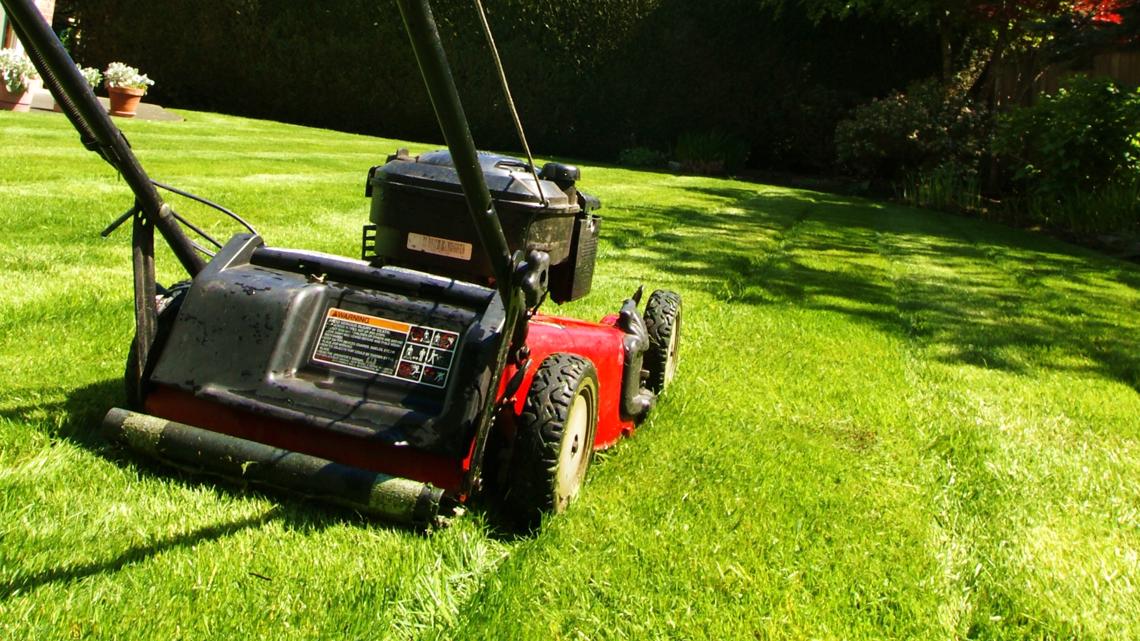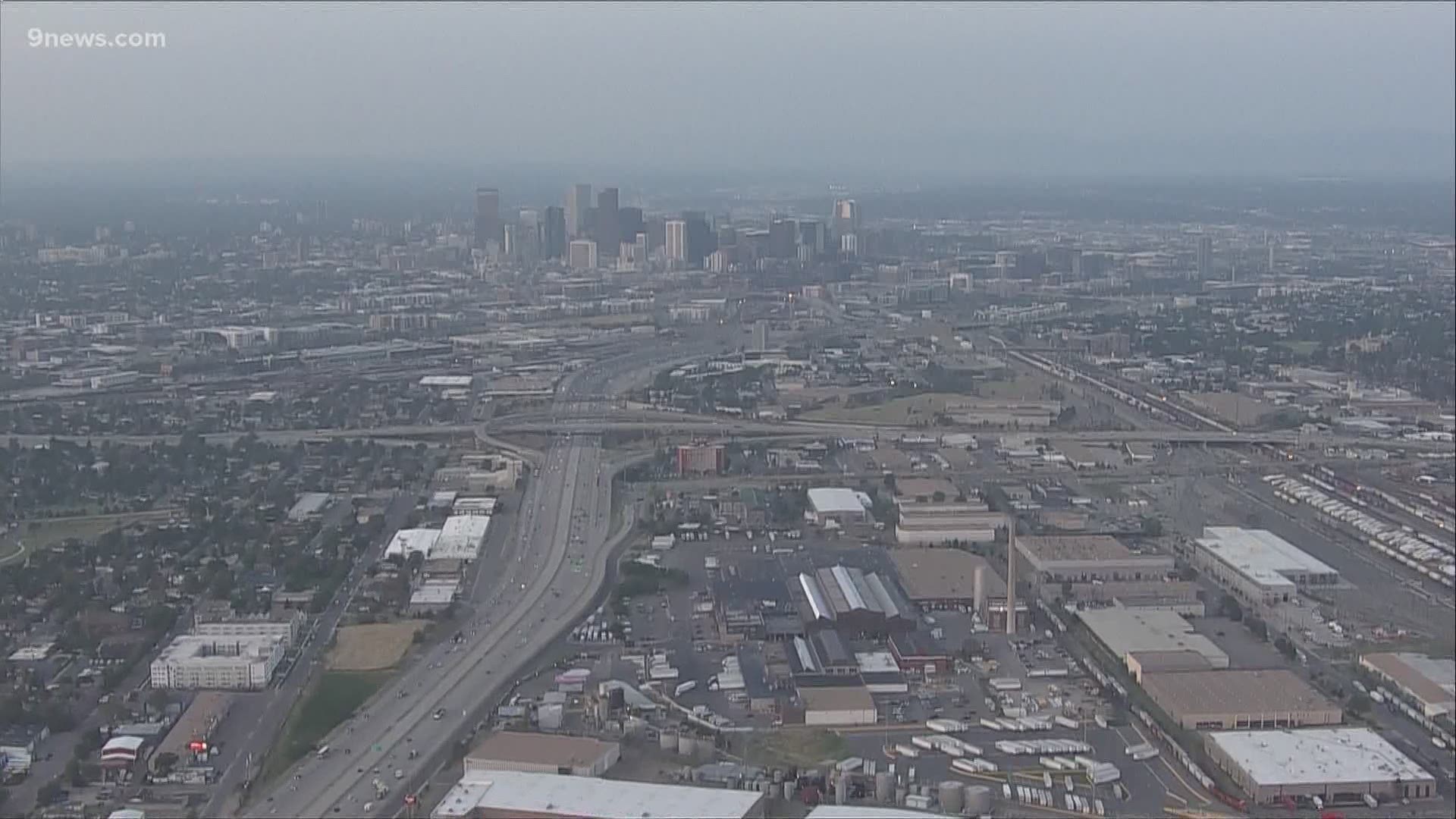DENVER — When the ozone levels are forecast to rise to unhealthy levels, an Ozone Action Day is issued.
It's called an ozone "Action" day because health officials hope that everyone will take some action to protect themselves from ozone, and also to help reduce ozone levels.
“We should all be looking for ways to avoid putting ozone causing emissions into our air,” said Sara Goodwin with the Regional Air Quality Council (RAQC).
She runs the Simple Steps – Better Air program for the group and she said that simple steps are proven to go a long way to reduce ground ozone levels.
Motor Vehicles
The 2017 FRAPPE air quality research project was able to pinpoint automobile traffic as the highest non-industrial contributor to the ozone problem on the front range of Colorado. They found that 30-40% of the pollution can be traced by to automobiles. That's equal to the amount of ozone traced back to oil and gas operations.
Goodwin said the RAQC conducted a study on the front range that found that the annual emissions reductions of 100 people not driving alone to work twice a week would be 68.5 lbs. of volatile organic compounds, 63.1 lbs. of nitrogen dioxides and 171,388 lbs. of greenhouse gases in a year.
She said those numbers are based on a survey that determined the average commute for people on the front range is 25 miles.
Lawn Mowers
Another simple step – mowing the lawn in the evenings when the temperature in lower.
“Some of the fumes in the emissions and even drops of gasoline are getting out onto the ground or into the air," said Goodwin. "In the heat of the day, those emissions are going to cook in the sunlight and the heat, and that’s what forms ozone pollution.”
The Environmental Protection Agency (EPA) estimates that 54 million Americans mow their lawns each weekend. And that more the 17 million gallons of gasoline are spilled each year while refueling lawnmowers – that’s more than the Exxon Valdez oil spill in 1989.
And because lawnmower engines are less efficient than a motor vehicle, the EPA estimates that running a lawnmower for one hour is equal to driving a car 500 miles.


Fueling Up
Go to the gas station to fuel up your vehicle early in the morning or late in the evening. Goodwin said that fuel can spill while your at the pump and that fumes escape into the air when the gasoline is going into your tank.
Those escape fumes will create more ozone when direct sunlight is at its maximum and the temperatures are at their highest.
She also said to "stop at the click." That clicking sound that you hear as the gas pump automatically stops the flow of gas means that your tank is full. If you try to top it off beyond the click, you only risk spilling gas out of your tank.
Bike or Walk to Work
Biking or walking to work is a popular suggestion often listed by air quality professionals as a way to help reduce pollution levels, but Goodwin said that is not a good option when the air quality is bad.
"Obviously it's a great way to skip two car trips, but health is also a concern," said Goodwin.
She said biking or walking is a good option in the mornings when ozone pollution levels are at their lowest. But if your return trip is going to be during a time when air quality levels are poor, you might want to reconsider and take public transit to work.
To learn more about ozone reducing steps like public transportation and low emission vehicles visit the Simple Steps - Better Air website.
SUGGESTED VIDEOS: Latest from 9NEWS

